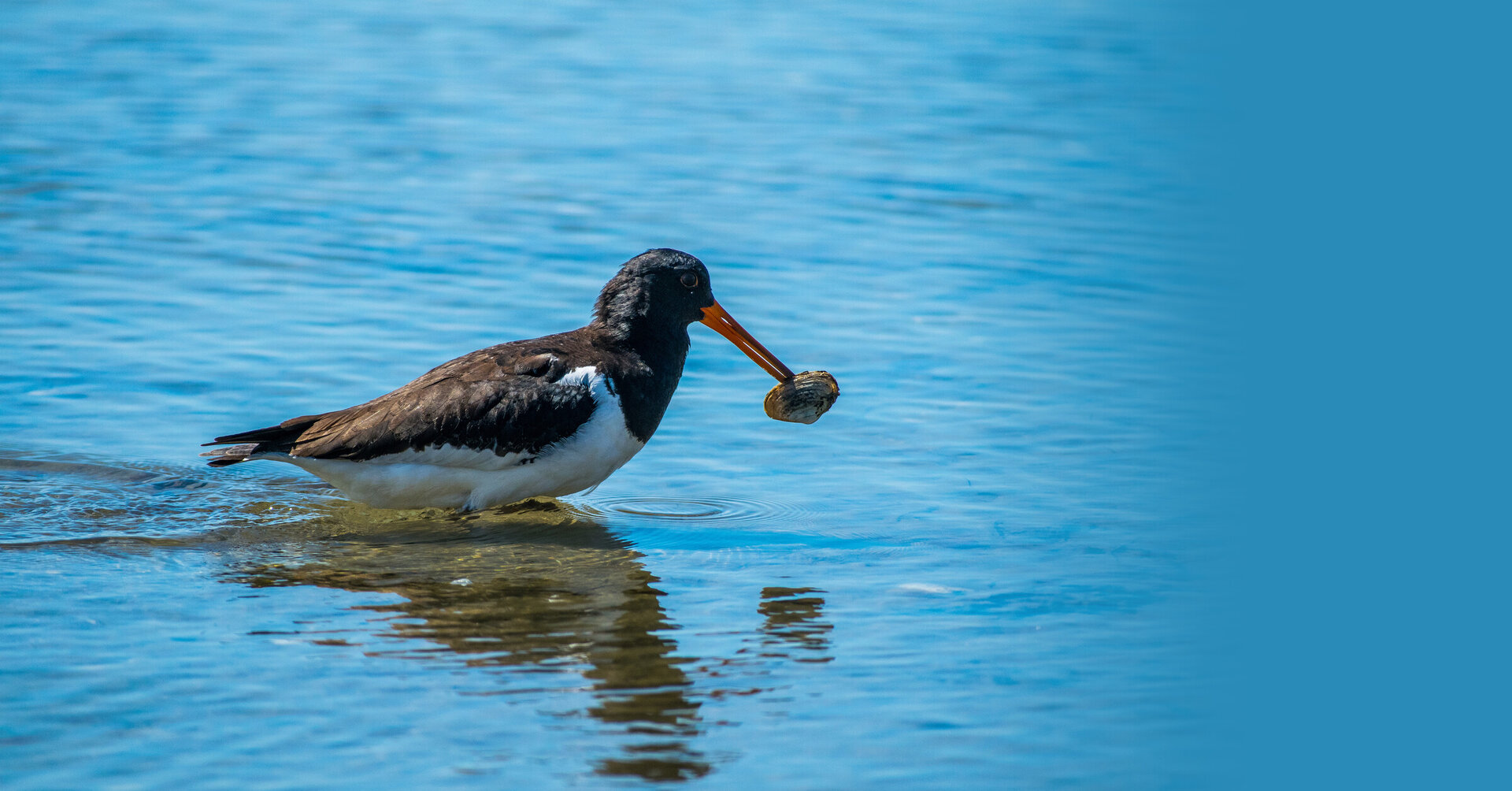Water testing in Little Waihi
Water quality is important to our community. We aim to provide up to date information on the state of our rivers and estuary. To do this, Wai Kōkopu regularly monitors beaches and rivers in the Little Waihi catchment for Escherichia coli (E. coli). E. coli concentrations are used to monitor faecal contamination – human sewage or animal waste.
Our recreational water quality monitoring programme runs year round and the number of sites we monitor is growing. Water quality results for sites are updated weekly.
Select a site to see the water quality history. Read more >
Current safety parameters for E. coli
| Activity | Safe E. coli | |
|---|---|---|
| Swimming | Water < 550 | |
| Gather pipi to eat | Water < 14 | |
| Gather pipi to eat | Pipi < 2.3 |
Map is for visualisation only – Click Why this status? Below to access results
Sites
Water quality is important to our community. We aim to provide up to date information on the state of our rivers and estuary. To do this, Wai Kōkopu regularly monitors beaches and rivers in the Little Waihi catchment for Escherichia coli (E. coli). E. coli concentrations are used to monitor faecal contamination – human sewage or animal waste. We use the EPA Method 1603 – E. coli in water by Membrane Filtration.
Our recreational water quality monitoring programme runs year round and the number of sites we monitor is growing. Water quality results for sites are updated weekly.
Click on the red button below the map or why this status to see the current and historic water quality results.
At River Sites – even those subject to saline/tidal flows we follow the National Policy Statement for Freshwater Management (2020) guidelines that state: if any single E. coli level at a monitored site is above 260 E. coli per 100 mL, the regional council must (unless the council is satisfied that the elevated result is temporary or the cause is being addressed):
(a) increase sampling frequency to daily, where practicable; and
(b) take all practicable steps to identify potential causes of microbial contamination.
Additionally, if any single E. coli level is above 540 E. coli per 100 mL, the regional council must, as soon as practicable, take all practicable steps to notify the public and keep the public informed that the site is unsuitable for primary contact, until further sampling shows a result of 540 E. coli per 100 mL or less
Bay of Plenty Regional Council has set their safe swimming limit for Freshwater at 550 E. coli CFU/100 ml of water based on the Microbiological Water Quality Guidelines (2003). Our data has been coloured to reflect their practice.
At Estuarine and Marine sites:
For marine/salt water influenced waters there is currently no legislated safe swimming limit. Councils vary in their monitoring methodologies between faecal coliforms and Enterococci. Because E. coli is one of 4-5 bacteria that make up the faecal coliform group, Wai Kōkopu monitors E. coli at marine/salt water influenced sites.
Our reasoning for using this method is that E. coli monitoring, in addition to the Regional Council’s monitoring scheme, may allow for a better understanding of the sources of faecal pollution and public health risks. (Microbiological Water Quality Guidelines (MfE, 2003)).
Our safety limits for shellfish flesh and shellfish gathering waters are based on those set out in the Regulated Control Scheme - Bivalve Molluscan Shellfish for Human Consumption (2021).



